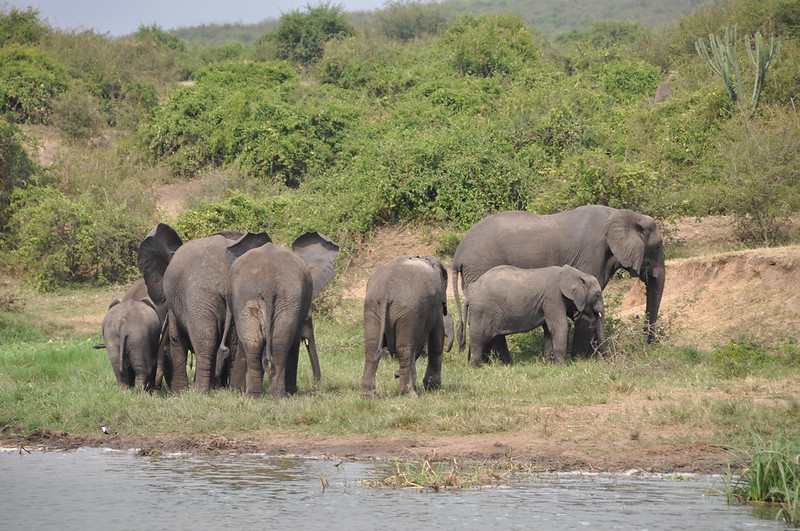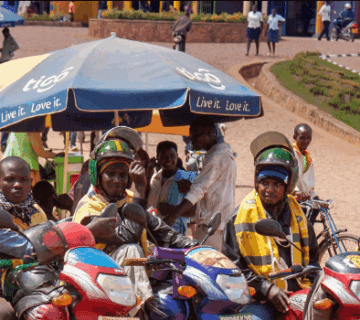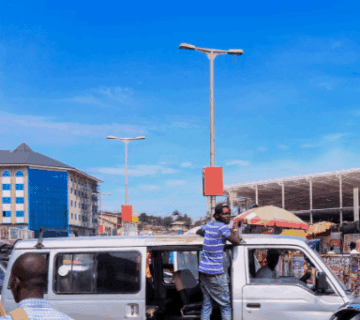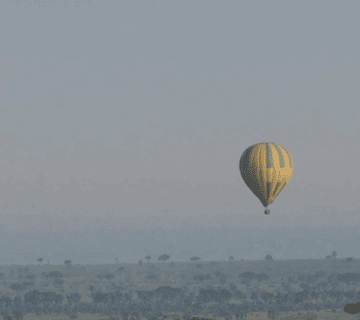What is the most famous national park in Uganda? Uganda, renowned as “the pearl of Africa,” is home to many breathtaking beauties. The nation is situated in central Africa, bordering Kenya, Tanzania, Rwanda, the Democratic Republic of the Congo, and South Sudan. Bwindi Impenetrable National Park, a UNESCO World Heritage Site in Uganda, is home to beautiful mountain gorillas, the world’s rarest species.
The country has ten national parks, twelve wildlife reserves, five community wildlife management areas, and thirteen wildlife sanctuaries. The 10 national parks are: Queen Elizabeth, Lake Mburo, Murchison Falls, Kidepo Valley, Kibale, Mount Elgon, Rwenzori Mountains, Semuliki, Mgahinga Gorilla, and Bwindi Impenetrable National Park. These parks showcase the finest of East Africa.
Their Rift Valley vistas and tropical forests provide spectacular settings for a diverse range of flora and wildlife. Queen Elizabeth National Park is Uganda’s most famous national park. Queen Elizabeth National Park is a popular safari location in Uganda because of its beautiful lions. Over 250 lions live in Queen Elizabeth National Park’s southern and northern sectors, providing visitors with a unique opportunity to observe these magnificent creatures in their native habitat.
The park is the country’s second-largest national park and was established in 1952. The park was named after Queen Elizabeth II to mark her 1954 visit to Uganda. It was initially named Kazinga National Park, but was eventually renamed in her honor. The park is also one of Uganda’s largest protected areas, with a size of over 1,978 square kilometers. The park runs from Lake George in the northeast to Lake Edward in the southwest, with the Kazinga Channel linking the two lakes.
Queen Elizabeth Park is renowned for its animal watching, which includes African buffalo, Ugandan Kob, hippopotamus, huge forest hog, warthog, Nile crocodile, African bush elephant, African leopard, lion, and chimp. It is home to 95 animal species and more than 600 bird species. The park offers breathtaking vistas of the Rwenzori Mountains, the Kazinga Channel, the vast marsh, the grandeur of the open savannah surrounding Lake George, the stunning crater lakes, and much more.
Exciting stuff to do at Queen Elizabeth National Park
Chimpanzee Tracking
Chimpanzee tracking is an activity in which you go through the tropical jungle in search of intriguing chimps in their natural environment. Chimpanzee tracking at Queen Elizabeth National Park takes place in Kyambura Gorge, and the activity begins in the early morning with a lecture on the laws and procedures for following these interesting species. Following that, you will be given an experienced armed ranger who will guide you through the forest in search of them.
Chimpanzee tracking in Kyambura Gorges takes between 30 minutes and 4 hours, depending on where these intriguing monkeys are assigned, since chimps roam from one location to another in quest of food. While on a Uganda chimp walk, you will also get the opportunity to interact with other forest creatures, including birds, primates, and animals, as well as see gorgeous foliage. Once you’ve discovered these interesting creatures, you’ll have one hour to engage with them in their natural environment while seeing how they go about their everyday lives, such as playing, nursing, and feeding, among others.
Game drives
Queen Elizabeth National Park, like the other Savannah parks, specializes in game watching. It is home to a large amount of big game, including over 3000 elephants, 5000 hippos, and over 10,000 Cape Buffaloes, as well as warthogs, waterbucks, Uganda Kob, Topi, and even the uncommon semi-aquatic Sitatunga Antelope.
To get the most out of your game drive and enjoy a genuine African safari, follow the paths through the Kasenyi sector, the North Kazinga Plains, and the Ishasha sector, which provide nearly certain sightings of buffalo, antelope, elephants, warthogs, and baboons. Taking an expert guide in the early morning or at night is the most effective approach to tracking down a lion pride, as well as the occasional leopard. A night game drive is also an option for nocturnal species.
Lion Tracking
Queen Elizabeth National Park is Uganda’s sole place that provides an exciting lion tracking experience, in which guests drive throughout the park with a researcher assigned by the Uganda Carnivores Project to assist them in identifying the lions. Lion tracking at Queen Elizabeth National Park takes place on the Kasenyi Plains and is done on a set timetable, either in the morning at around 8:00 a.m. or in the evening, with researchers driving throughout the park with radiation trackers to help them identify the enthralling beasts.During lion tracking, which lasts 1 to 3 hours, you will be driven up close to the lions while viewing and learning about their natural behaviors, among other things.
Exploring Lake Katwe
Lake Katwe, located outside the park, is known for its saline water and salt mining. Lake Katwe is a one-of-a-kind and intriguing experience, allowing visitors to learn about Uganda’s cultural legacy through one of its most famous salt lakes. The lake is home to various historic sites related with the salt mining business, including old salt wells, tools, and artifacts used by the first salt miners. During your visit to this unique lake, you will be able to engage in a variety of activities, including salt mining, bird watching along the lake’s banks, cultural interactions, and buying and selling salt items, among others.
A boat tour around the Kazinga Channel.
A boat tour along the Kazinga Channel is another exciting thing to undertake on your wildlife safari in Queen Elizabeth National Park. These exhilarating boat tours in Queen Elizabeth National Park take place in the Kazinga Channel, which connects Lake George and Lake Edward. During your boat cruise, you will see large herds of elephants, buffaloes, several antelopes, warthogs, a school of hippos, and crocodiles basking on the shore, as well as colorful bird species such as the kingfisher, blue-naped mouse bird, little bee-eater, grey-handed kingfisher, pygmy kingfisher, yellow-backed weavers, pin-tailed whydah, swamp nightjar, African mourning dove, and slender-billed weaver, among others.
Bird watching
Queen Elizabeth National Park is a top site in Uganda for bird-watching safaris. Over 600 bird species call the park home, including migratory birds, swamp birds, savannah birds, and water birds, making it a genuine birders’ paradise for bird enthusiasts. During a Uganda birdwatching trip in Queen Elizabeth National Park, you will get the opportunity to see a variety of colorful birds in many birding locations, including Maramagambo Forest, Kasenyi Plain, Ishasha Sectors, Mweya Peninsula, and the Kazinga Channel.
Among the fascinating birds are the kingfisher, blue-naped mouse bird, little bee-eater, grey-handed kingfisher, pygmy kingfisher, yellow-backed weavers, pin-tailed whydah, swamp nightjar, African mourning dove, slender-billed weaver, lesser masked weaver, diederik cuckoo, red-capped lark, white-naped pigeon, dark-caped warbler, Rwenzori turaco, African green pigeon, Ross’s turaco, white-tailed lark, and grey-crowned crane.





